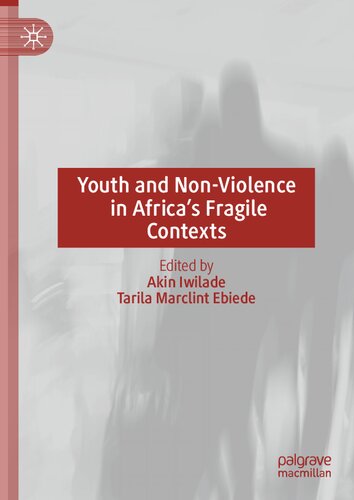

Most ebook files are in PDF format, so you can easily read them using various software such as Foxit Reader or directly on the Google Chrome browser.
Some ebook files are released by publishers in other formats such as .awz, .mobi, .epub, .fb2, etc. You may need to install specific software to read these formats on mobile/PC, such as Calibre.
Please read the tutorial at this link: https://ebookbell.com/faq
We offer FREE conversion to the popular formats you request; however, this may take some time. Therefore, right after payment, please email us, and we will try to provide the service as quickly as possible.
For some exceptional file formats or broken links (if any), please refrain from opening any disputes. Instead, email us first, and we will try to assist within a maximum of 6 hours.
EbookBell Team

4.8
34 reviewsThis book makes an important contribution to the conflict literature and to new ways of thinking about agency and social life in fragile contexts. It does this by engaging with often ignored peace infrastructures. In this book, the contributors highlight different ways in which non-violence is deployed by Africa’s youth to navigate difficult violent contexts. Drawing on empirically grounded case studies from the Central African Republic to Zimbabwe, this book explores how similar (or indeed the same) social infrastructures can be deployed for both violence and non-violence and the important factors that drive many youth to take the non[1]violence option even when order appears to collapse around them. The authors also explore how, for instance, systems of organizing survive violent disruptions to the so-called rhythms of everyday life, and, when they do, how they are then repurposed by youth to help them survive violence.